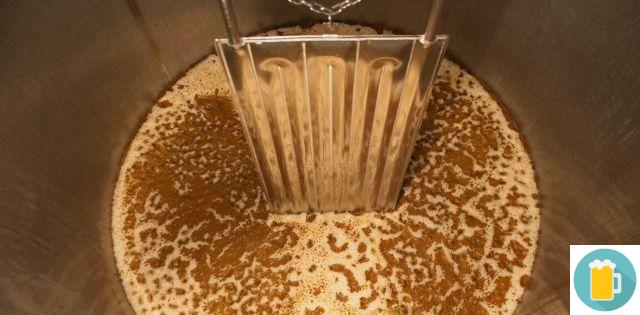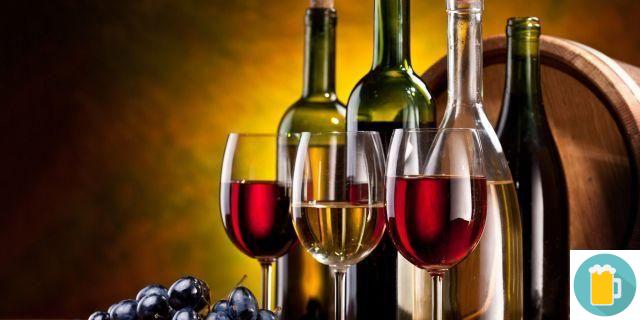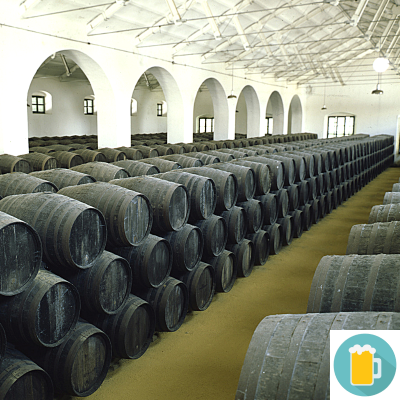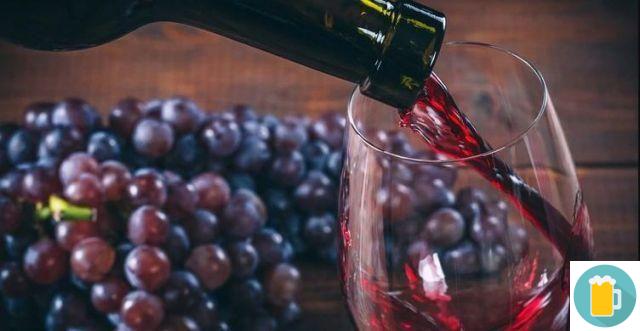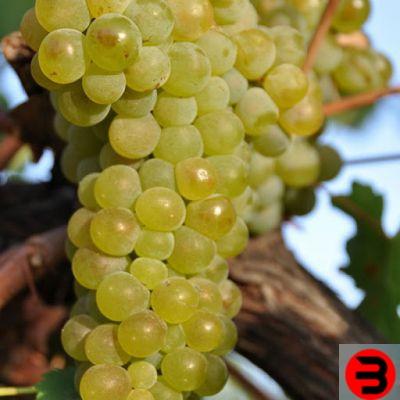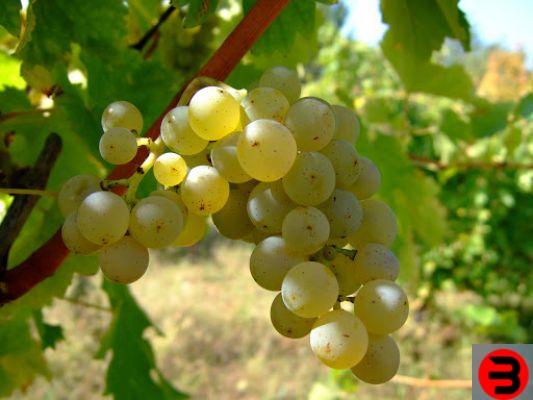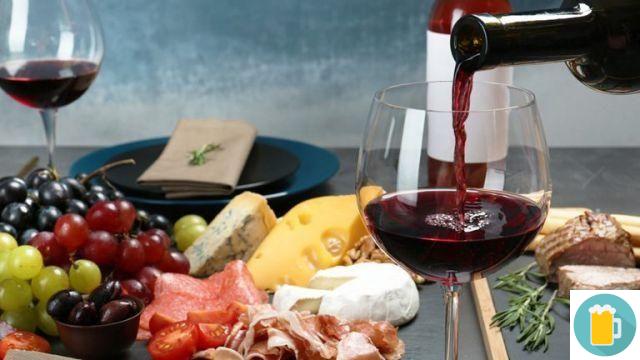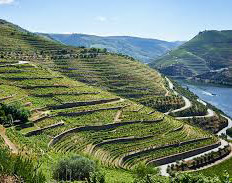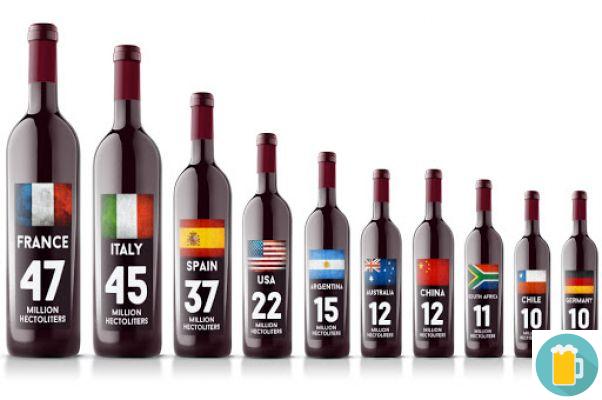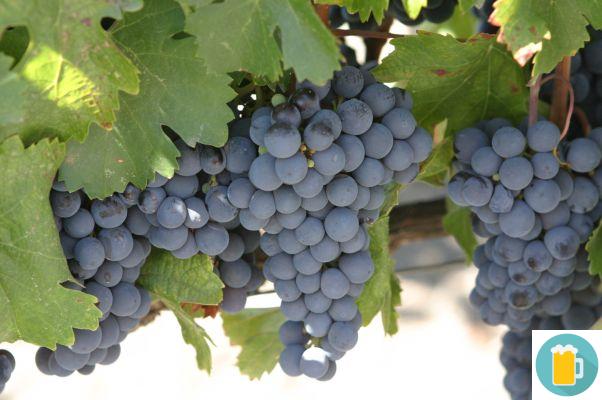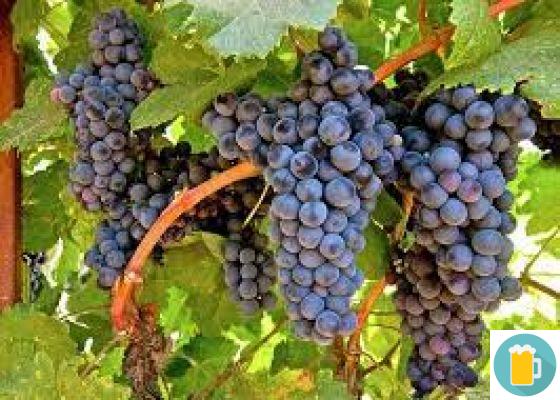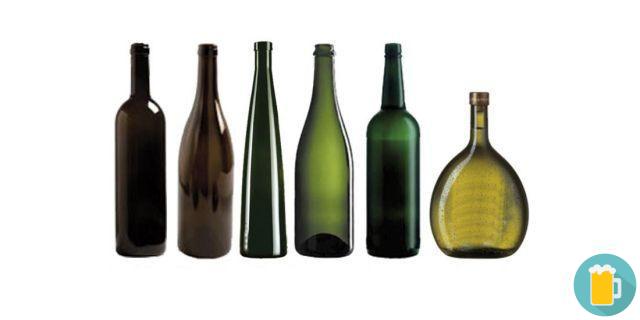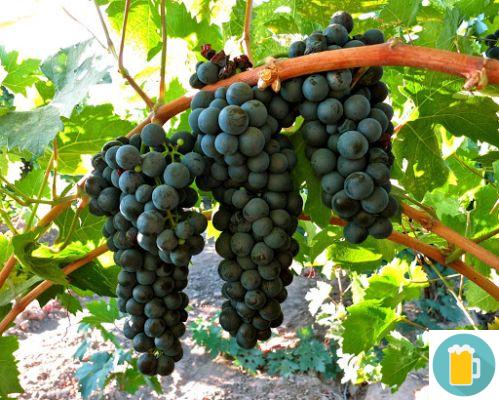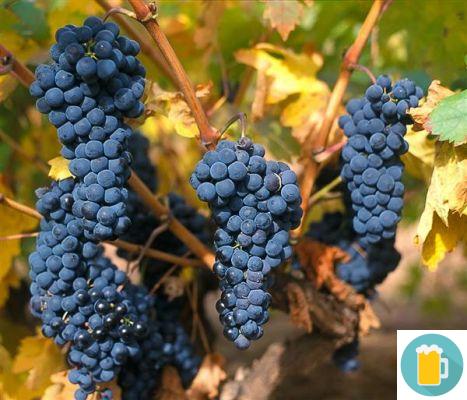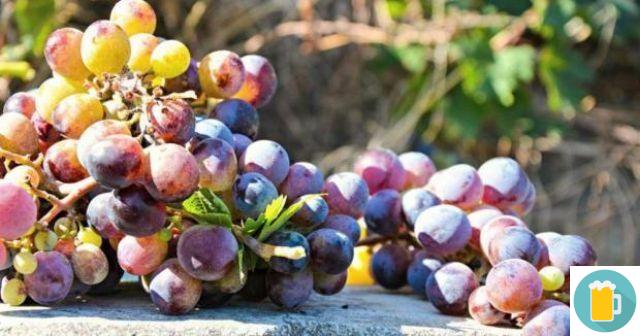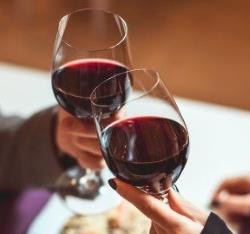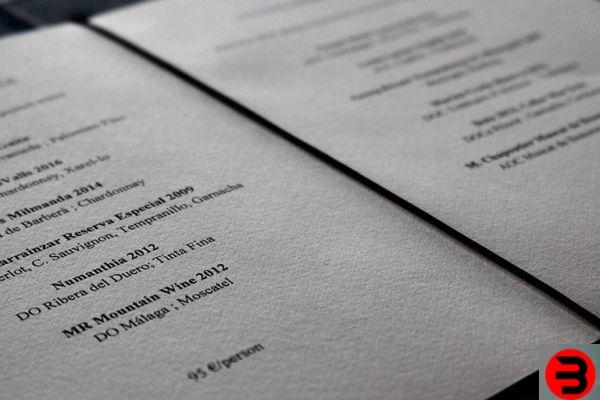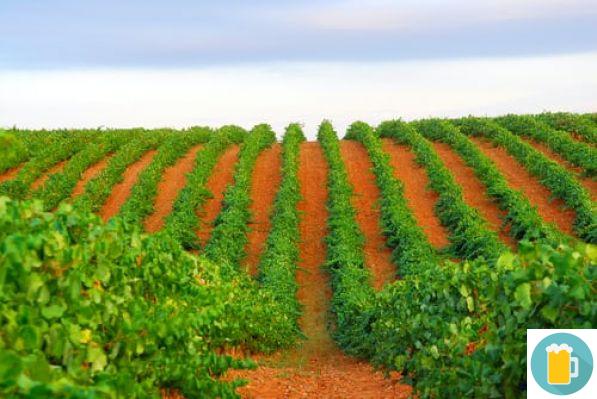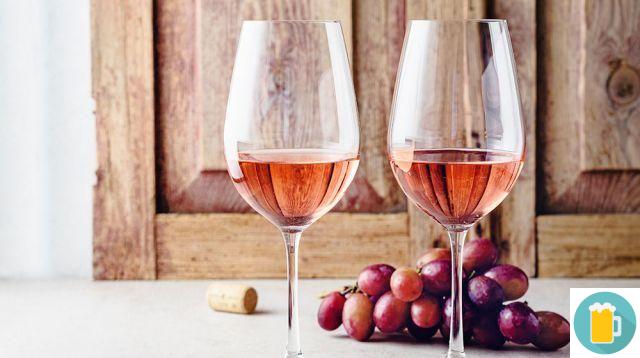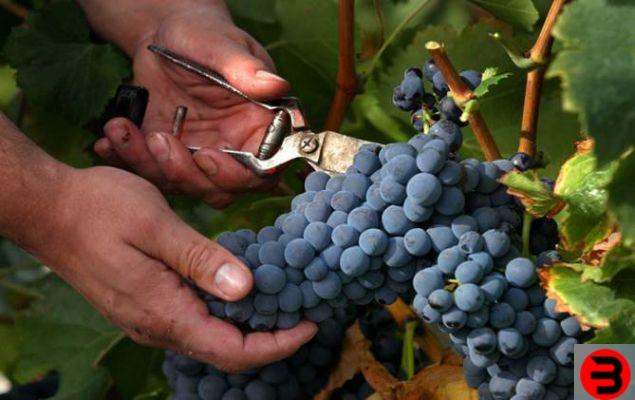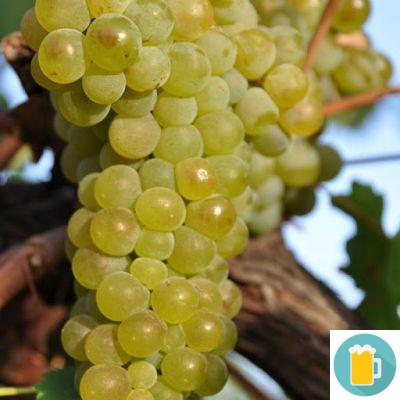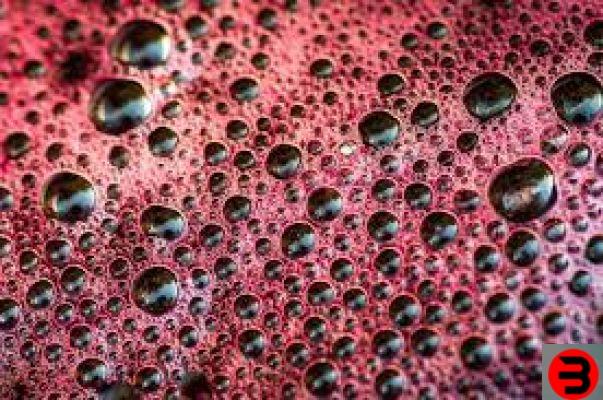Champagne
Everything you need to know about Champagne. In detail the vines, history, classification and production areas.
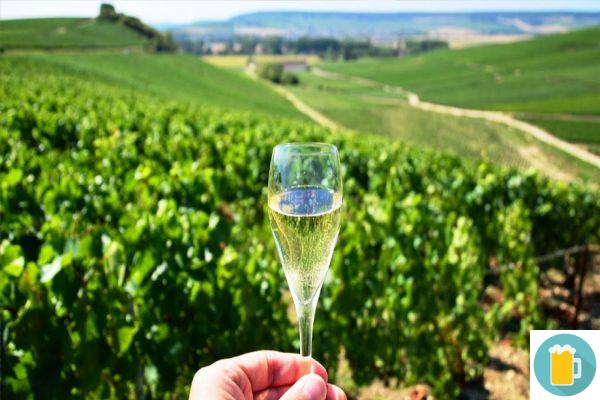
Champagne and Champagne
Lo Champagne like wine sparkling wine, its elegance and its undisputed class is intimately linked to his production area Champagne. Over the centuries, the “Champenoise” production method has found its definition in this area refermentation in the bottle, which then spread around the world, starting with vines different but also with the same grapes used in Champagne. However the class, elegance and personality of the wines produced in the area of origin is still unmatched today.
The area known as Champagne it is located approx 150 kilometers northeast of Paris. It seems that the screw was present in the area already in the tertiary period, however the wine history of Champagne begins with theRoman Empire. Only from early seventeenth century, thanks to a series of circumstances due to the particular environmental and climatic conditions of the area, producers begin to interpret, exploit and control the various production phases, up to the mid-1800s to what we define today "Champagne".
The history of Champenoise sparkling wine
The area of the Champagne for its latitude it has a climate rather cold: in the past the low autumn and winter temperatures caused the interruption of the fermentation alcoholic because the cold has the effect of inhibiting the action of yeast. This kept the level of sugar in the rather high wine until the arrival of spring when the yeasts awakened from their "lethargy" making fermentation resume. The solubilized carbon dioxide in the wine increased the internal pressure often causing the explosion of the bottles. At the time this was a serious problem for Champagne producers, who did not want to obtain "sparkling", but still wines in the style of Burgundy.
Fu Dom Pierre Perignon (1638-1715), Benedictine monk of the Abbey of Hautvillers, the first to vinify and keep the grapes from the various vineyards separate, believing that each single vineyard (cru) had its own and unique qualities. Furthermore, its strict rules on the cultivation of vines had the aim of drastically reducing yields to increase the concentration of wine. But also Dom Pérignon he did not want his wines to become sparkling wines: like every winemaker of the time, he considered the development of the foam as an indicator of errors committed during production. It also seems that it was Dom Pérignon if not to invent, certainly to perfect the assembly of wines in cuvées, that is to vinify the grapes of different vineyards separately. The "wines with bubbles" had however taken hold and, given the impossibility of avoiding the resumption of fermentation, the Champagne producers used theeffervescence to produce a wine different from all the others and which was already enjoying good commercial success.
However, many problems remained to be solved to get from the "Champagne" that was produced at the time of Dom Pérignon to the one we know today. L'clouding of the wine due to the refermentation in the bottle it was initially solved by doing decantation Champagne until the sediments are eliminated, however, by dispersing the effervescence and obtaining a flat wine without bubbles. It was only at the beginning of 1880 than an employee of the famous widow Clicquot developed the system still known today as rémuage, that is the rotation of the bottles to make the sediment slide towards the neck and eliminate it more easily. The strong acidity and the hardness of the wines made it necessary to add a “liqueur de dosage” to make them more harmonious, so in reality the first Champagnes were much sweeter than they are today. The improvement of the production techniques also increased the quality of Champagne and progressively its sweetness decreased until you get to the first brut towards the middle of the 800th century. Although initially the "dry style" was not understood, it ended up affirming itself and today the demi-sec and sweet they are definitely not very widespread. For more details on the elaboration of Champagne, see also the article related to sparkling wine with the classic method.
The Classification of Champagne
The Champagne region as we know it today dates back to 1927 thanks to the work done byINAO (Institut National des Appellations d'Origine). In practice, the Champagne vineyards are classified with a system of 1911 called Crus scale (scale of crus), based on the quality of each single cru and its distance from the commercial heart of Champagne, namely Reims e Epernay. Essentially the system classifies the different ones communes of Champagne based on the commercial value of the grapes grown in the municipality itself and expressed as a percentage value.
The three categories are: Grand Cru, Premier Cru e Cru. The commercial value of the grapes from a common Grand Cru is done 100%. Grapes from a Premier Cru municipality will be paid by 90 to 99% of the price set for the Grand Cru. Those coming from the remaining municipalities will be paid 80 to 89%. Currently only Common 17 are classified as Grand Cru, 41 come Premier Cru and the remaining ones 255 come Cru. The 17 Grand Crus of Champagne are: Louvois, Bouzy, Ambonnay, Verzy, Verzenay, Mailly-champagne, Beaumont-sur-Vesle, Sillery e Puisieulx in the area known as Montagne de Reims; Ay e Tours-sur-Marne in Marne Valley; Oiry, Chouilly, Cramant, Avize, Oger e Mesnil-sur-Oger in White Coast.
Types of Champagne
- Champagnes they are always elaborated starting from base wines called cuvées, which generally have not very inviting organoleptic characteristics if drunk before the start of refermentation in the bottle, being generally rather acidic and low in alcohol. In the case of the so-called Without Year the cuvée is made up of different wines from different vintages, while from different wines of the same vintage for the Vintages o Vintage. The cuvée is generally composed of a variable number of wines which can even reach 60 or even more. Champagnes created from a single wine are therefore an exception. The "generic" Champagnes are produced with all three grapes allowed by the disciplinary: Chardonnay, Pinot Noir e Pinot Meunier. Champagnes produced with Chardonnay in purity they are defined Blanc de Blancs and those produced exclusively with red berried grapes (Pinot Noir e Pinot Meunier) individually or jointly, are defined Blanc de noirs. The Champagnes Rosé they owe theirs colore to the presence of a small part of red wine in the cuvée, or to the traditional technique of extraction of the color called Saignée (bleeding) more complex and today used by very few Maisons.
The Production Areas
In the Champagne operate approx 15.000 winemakers (récoltants) which supply the grapes at approx 110 house (NM = négotiants-manipulants) who carry out the elaboration of the sparkling wine. About 5000 winegrowers (RM = récoltants-manipulants), in addition to selling their grapes to the maison, keep a part of them to produce their own Champagne and often their results are simply extraordinary. Then there are the Récoltants-Coopérateurs (RC) who produce and sell their Champagne through the help and support of cooperatives (CM = Coopérative de Manipulation). The acronym MA indicates the Marque d'Acheteur, which is a brand owned by third parties and not by the actual Champagne producer.
The cultivation of grapes in the Champagne, the northernmost wine area in Europe, is made possible by one combination of factors totally unique. In fact, the local climate is characterized by rain, humidity and winter frosts. The vines are then left low (max 60 cm.) In order to exploit the heat reflected from the earth. The soil of Champagne also contains varying amounts of sediment chalk, very porous and therefore able to retain a lot of water and therefore ensure the vine a good subsistence, without however offering the best vegetative and fertile conditions and forcing the vine to sink its roots in depth in search of them: as is known the vine it is capable of giving the best results in difficult conditions.
Even individuals vines grown in the Champagne each have their own role: it Chardonnay for the fineness ed elegance, il Pinot Black for the structure and the aromas and the Pinot Miller for wealth and complexity aromatic fruit as well as structure.
Le five areas of production of Champagne I'm: Montagne de Reims, White Coast, Marne Valley, Côte de Sézanne e Dawn. The most important are the first three which are all in the vicinity of Reims ed in which all the 17 Grand Cru communes. In Montagne de Reims it is mainly cultivated Pinot Noir e Pinot Meunier and with a small part of Chardonnay; in White Coast it is grown almost exclusively Chardonnay, in Marne Valley instead dominates the Pinot Meunier. The Côte de Sézanne, More south of the main area it gives predominantly Chardonnay and finally inDawn Pinot Noir is grown almost exclusively.




